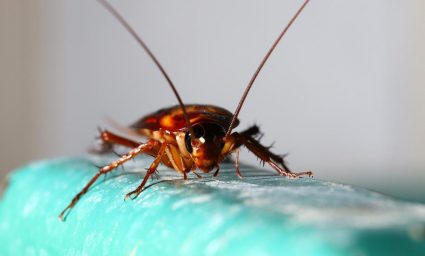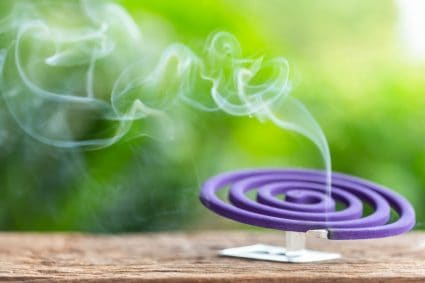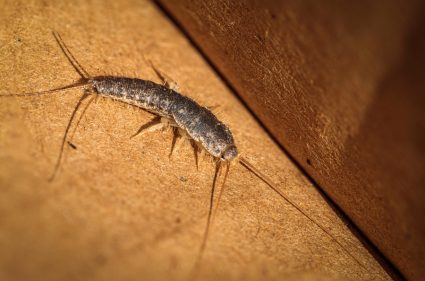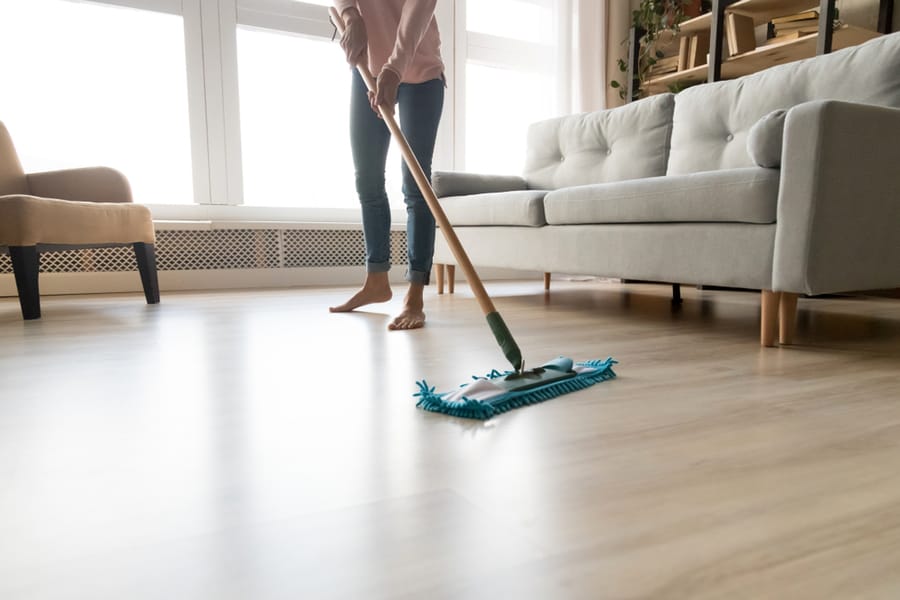
Fleas are not on your laminate floors out of their own free will. They probably came in because they would much rather be snuggled up in your pets’ fur.
As a result, they will hunt out the gaps between floor planks where water, steam, and other flea-repelling substances should never be allowed.
If your laminate floor is suddenly infested with fleas, you must be looking for a solution to get rid of them. Luckily, there are quite a few ways to get rid of them.
- Wood, laminate, or tile floors have cracks and edges that make the perfect hiding place for fleas.
- Use baking soda and salt to repel and remove fleas from laminate flooring.
- Borax must come into direct contact with fleas’ bodies to kill them.
This article will explore the steps to eliminate fleas from your laminate flooring.
Steps To Get Rid of Fleas From Laminate Flooring
Flea control on laminate floors is not a particularly difficult task. You can eliminate them without employing a pest controller when the infestation levels are low.
Here are the easy steps to follow:
1. Clear the Furniture
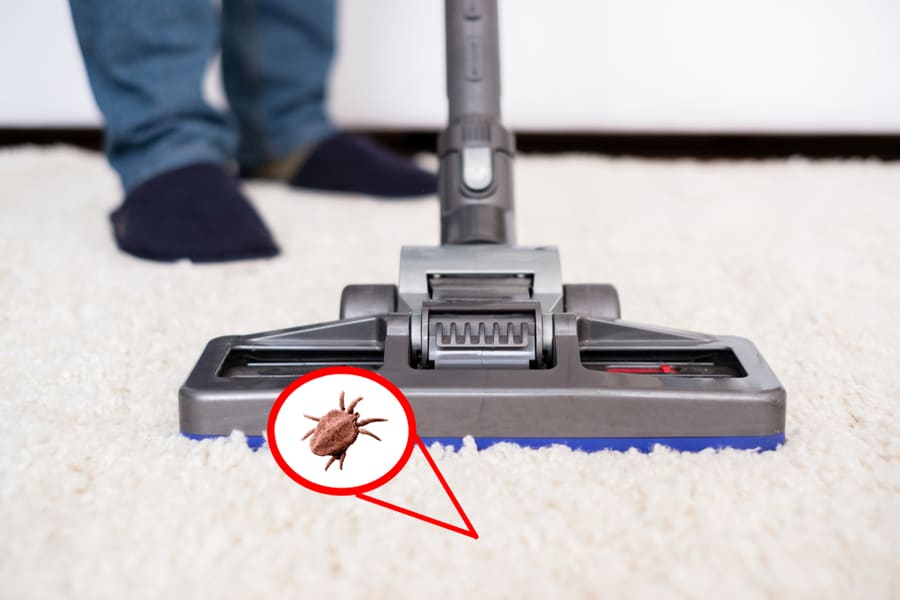
You must move any carpets, rugs, couches, or other furniture placed on the flooring to access the entire floor. Additionally, fleas tend to sneak inside furniture and hide there, which will stop them from doing so.
2. Vacuum the Floor

Fleas in all life stages, including eggs, are killed when you vacuum the laminate flooring. Vacuuming laminate flooring has been shown to destroy 100% of baby fleas and 96% of adult fleas.
Vacuum carefully, paying special attention to the boundaries between the floor, the wall, and all of the floor’s corners to make the task even more successful.
Remove any carpet or rugs from the floor and vacuum the carpet and the rug. Place it outside your house after that to air it out.
Once you’ve finished vacuuming and cleaning the laminate flooring, put the rug back on the floor.
3. Pine-Sol Floor Mopping
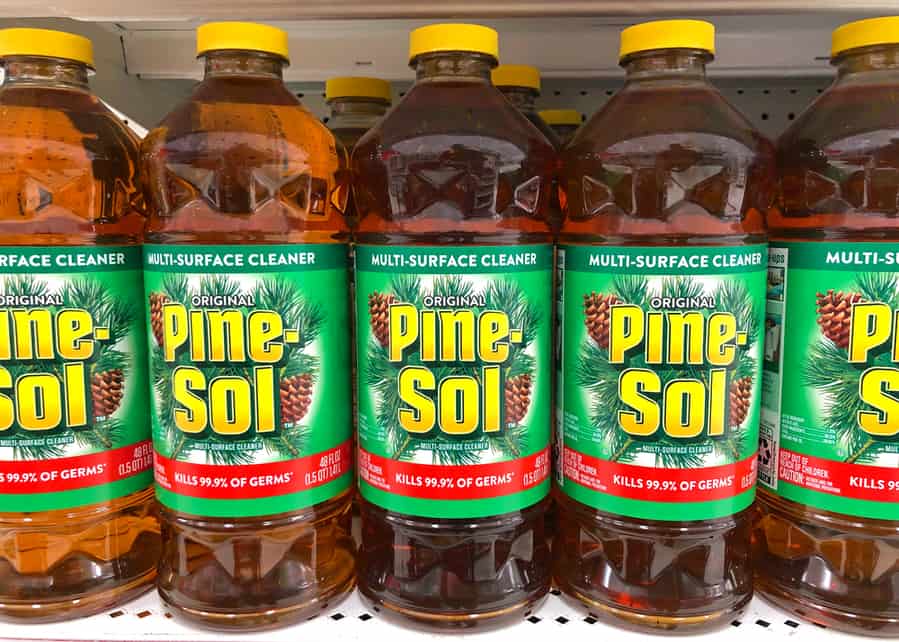
Pine-sol mopping kills fleas, so after vacuuming your laminate flooring, mop it with a solution of pine-sol and water to boost the efficiency of the removal process.
Combine one-fourth cup of pine sol and a bucket of water to make the solution. After that, mop the floor slowly, being sure to get the solution into all the floor’s nooks and crannies. Any adult fleas that were still alive after the vacuuming will be killed.
If possible, use a disposable mop; otherwise, you risk increasing the problem rather than resolving it.
4. Sprinkle Baking Soda or Diatomaceous Earth on the Floor
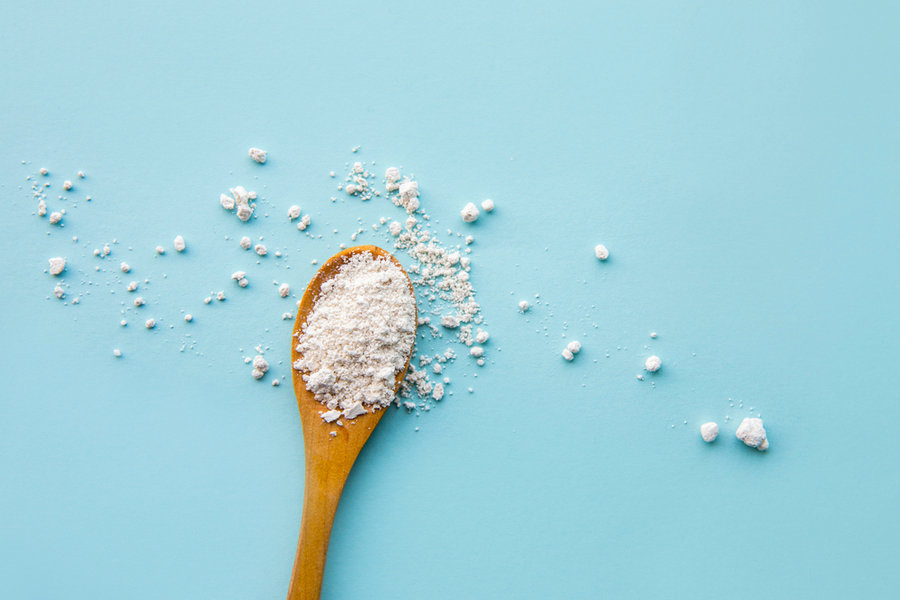
Next, you should sprinkle baking soda or diatomaceous earth on the floor. Then let it stand for 45 minutes to 1 hour before vacuuming the floor again. Finally, vacuum the floor thoroughly to eliminate fleas nesting in the tiniest cracks.
How To Determine if Your Laminate Flooring Is Flea-Infested
Unless you’re specifically looking for fleas, it’s difficult to tell if your flooring is infested with them just by looking at it.
Here are three signs that will indicate that your flooring is infested with fleas:
- First, you have a pet in the house scratching itself constantly.
- You see flea dirt on the floor, which is just flea feces that have turned red from blood digestion.
A significant sign of a flea infestation is the presence of flea dirt on your flooring or in the spaces between the beams. - If your floors are carpeted, you might find flea eggs—tiny white eggs that fleas lay—in the carpet threads, which is evidence that they are hiding there. Flea eggs are so small that you might need a magnifying glass to see them.
How To Keep Fleas Out of Your House
1. Inspect Your Yard
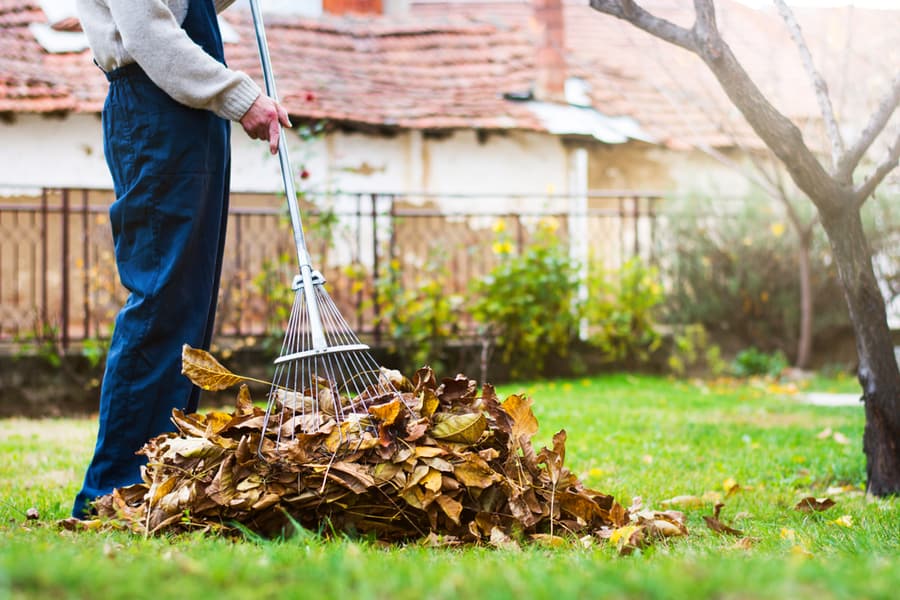
Preventing fleas and ticks from establishing a home base on your property is the first line of defense.
Next, you must maintain your house by keeping the grass cut and the shrubs trimmed if your house has a yard.
Fleas and ticks find this simple landscaping technique to be the opposite of curb appeal because they have fewer places to hide.
Next, prevent feral pets and stray dogs from entering your yard and spreading their fleas around. The worst culprits are feral cats, raccoons, and opossums.
Don’t invite these animals outside by leaving cat or dog food bowls. Furthermore, cut back trees and tall plants that can encourage wildlife to enter your attic.
2. Keep Your House Clean
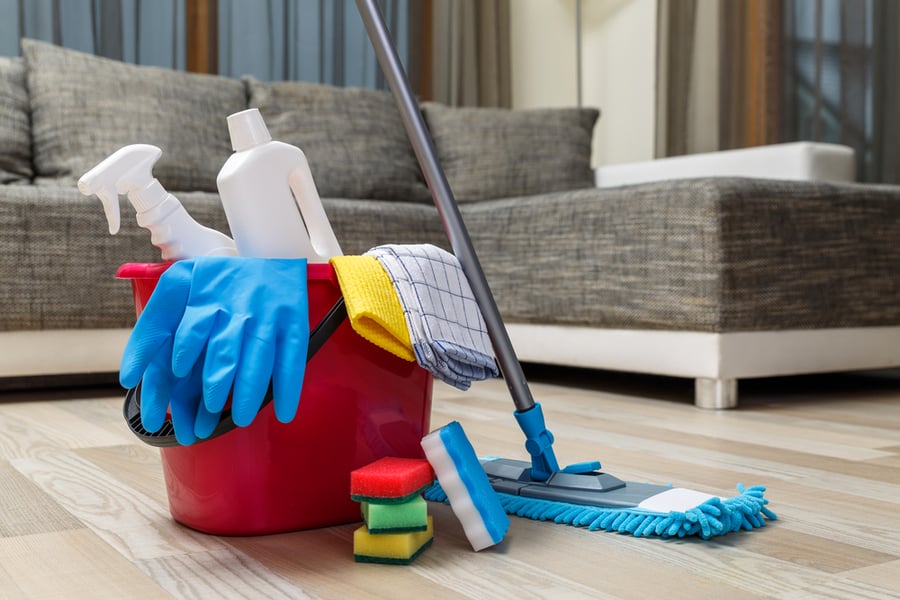
The presence of fleas and ticks in your home does not imply that it is dirty. However, you might make pests feel less welcome if you pay close attention to specific areas.
Flea eggs, larvae, and pupae—the three immature flea life stages—often nest in carpets or area rugs. Therefore, vacuum your place at least once every week or more frequently if you find fleas in your house.
Don’t just vacuum the area in the middle of the room. Fleas stay away from busy places, so make sure to hit baseboards, furniture, pillows, and other places where your pets sleep or hang out.
You should wash your home’s linens in addition to vacuuming. This includes your and your family’s and your pet’s.
If the materials can withstand the heat, wash them thoroughly in the washer with your other clothes before drying them on a high setting. If not, a moderate temperature can also be effective. Flea larvae and eggs can be effectively eliminated with heat.
3. Treat and Prevent Infestations
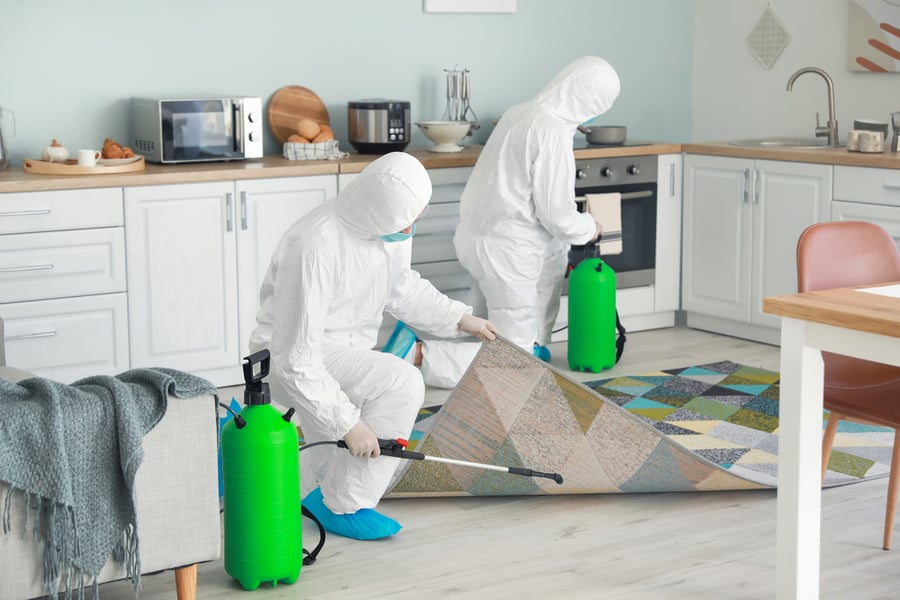
If fleas get inside your house, take action to eliminate them and keep them out. For example, thoroughly vacuum your carpets first.
After vacuuming, throw away the bag since eggs and larvae will keep growing there.
Wash or steam clean the carpet to eliminate extra fleas and flea larvae. Cleaning the carpets first allows the insecticide to penetrate the carpet more deeply if you decide to use one in your home.
Conclusion
The most effective thing that has to be done to remove fleas from laminate flooring is to vacuum them regularly in a very thorough manner.
You can vacuum all upholstered furniture, rugs, and carpets before spraying flea-repellant sprays on them to prevent further infestation. Use insecticides in the outer areas of your house to deter fleas away from your property.
Frequently Asked Questions
Can Fleas Survive on Laminate Flooring?
Fleas can hide in the cracks and spaces in laminate flooring comfortably. Even though adult fleas may not survive for a long time, they will leave behind larvae that will hatch in the next 1 or 2 years.
A flea can live for more than 100 days if left alone and without a blood meal. They have a two to three-month lifespan on average.
Female fleas start laying eggs 36–48 hours after their first blood meal but do not start until after their second blood meal.
Does Vacuuming Kill Fleas?
Vacuum cleaners can kill fleas just as easily as poison. Standard vacuum cleaners abuse fleas to the point where 96% of adult fleas and 100% of young fleas are killed.
How To Deter Fleas From Your House?
Citronella, eucalyptus, peppermint, and geraniol are a few examples of natural flea repellents.
If your pet is comfortable using a spray bottle, mix a few drops of the repellent of your choice with 10–13 fl oz of water before spraying your pet’s coat.

